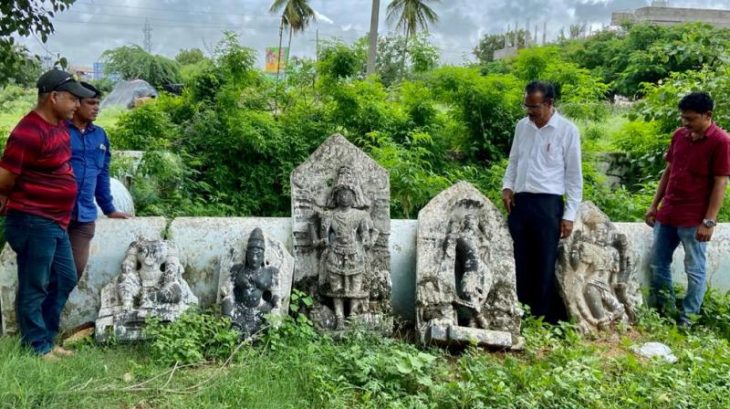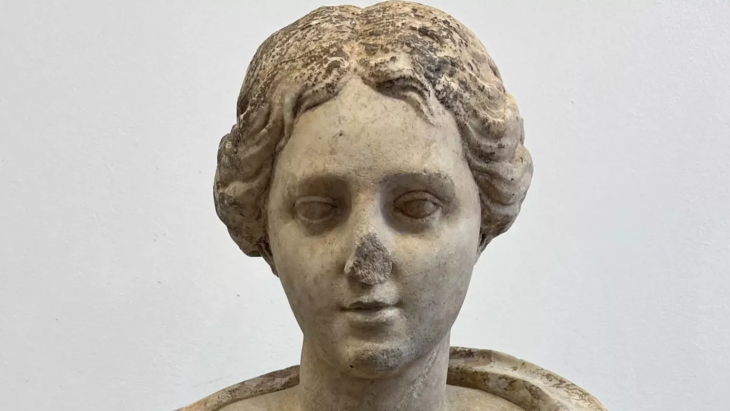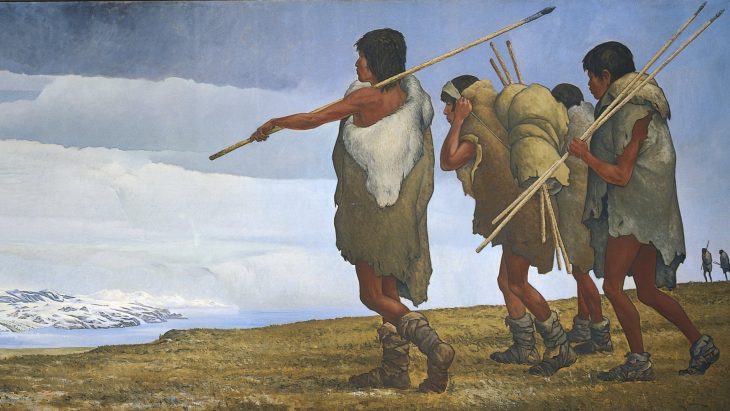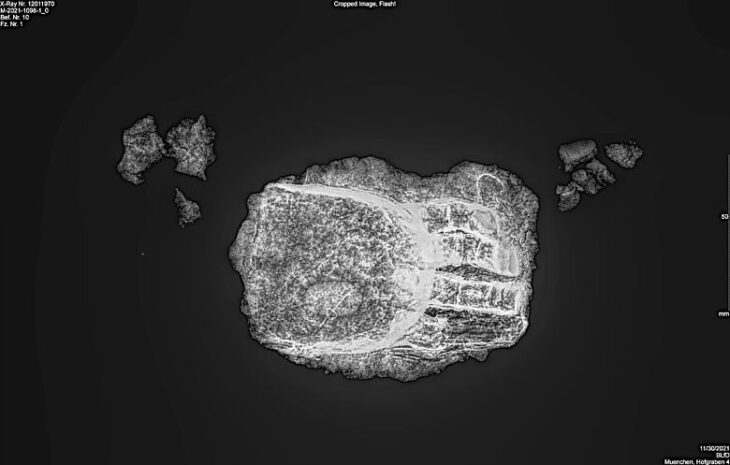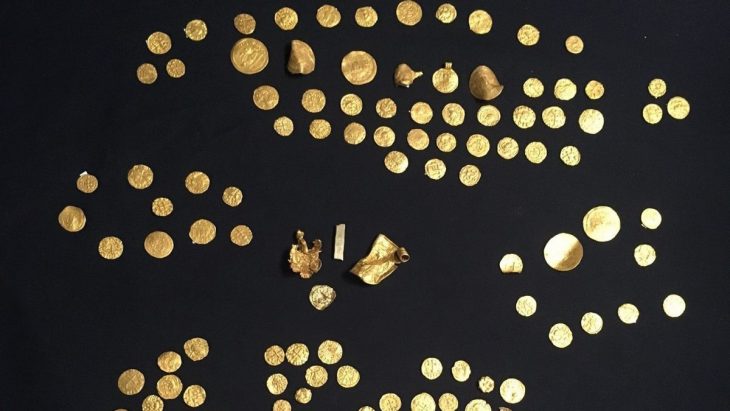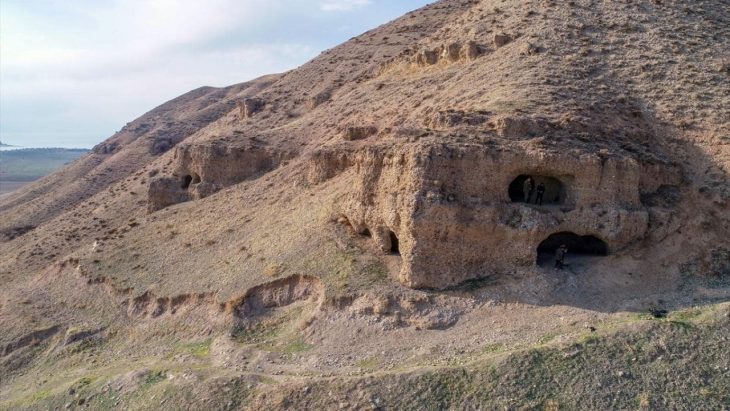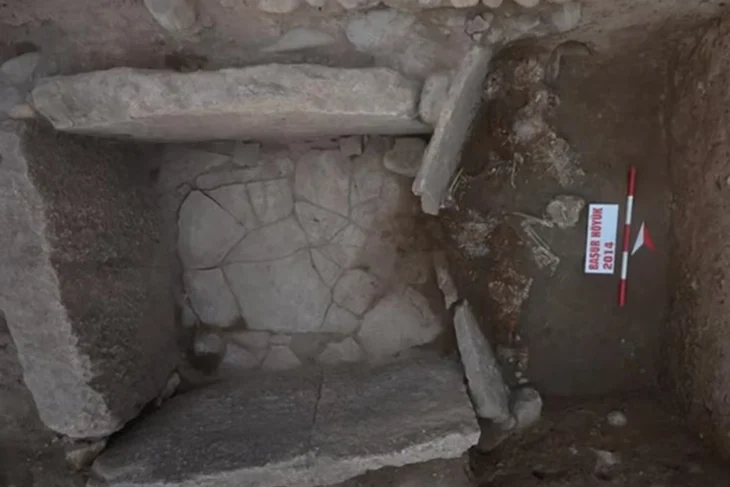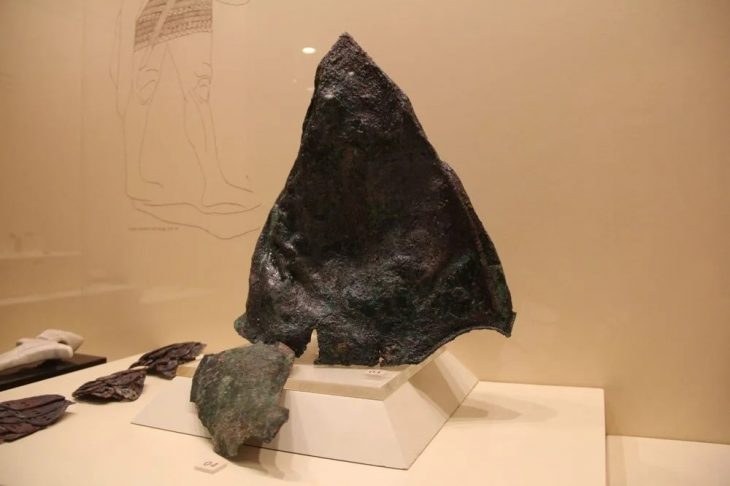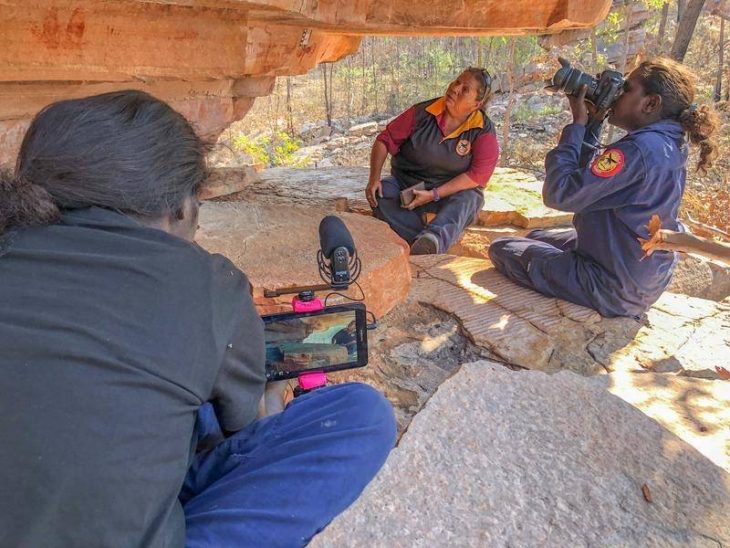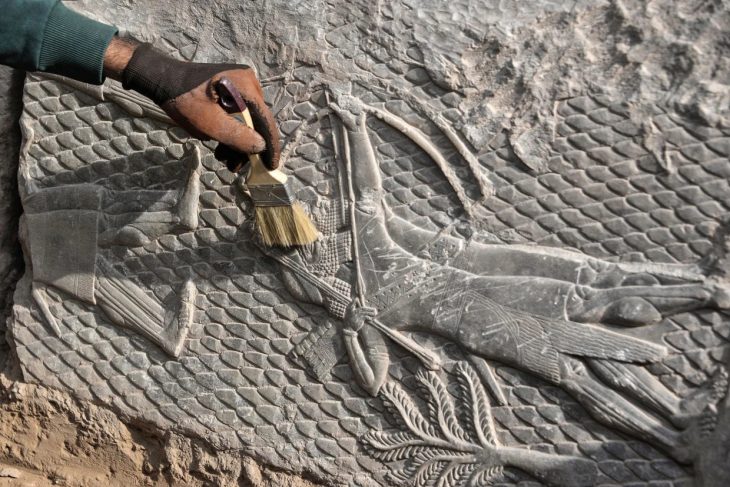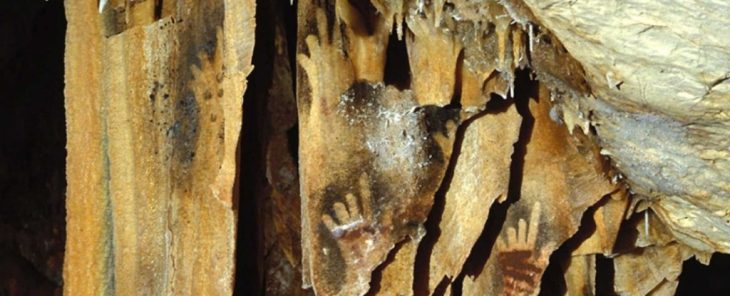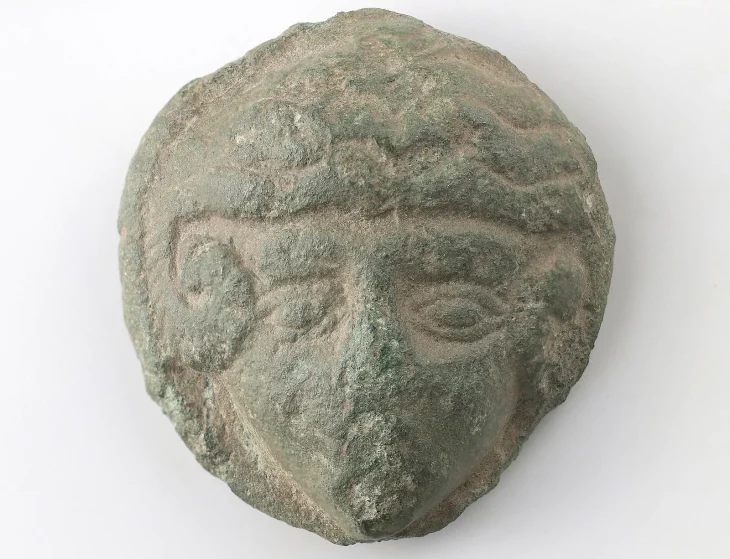New tracksites reveal how Neanderthals navigated Portugal’s ancient dunes 80,000 years ago
In a groundbreaking discovery, researchers have unearthed the first known Neanderthal footprints in Portugal, providing unprecedented insight into how these early humans used coastal landscapes for survival and mobility nearly 80,000 years ago.
Published in Scientific Reports, the study describes two newly discovered hominin tracksites at Monte Clérigo and Praia do Telheiro, located along Portugal’s southwestern coast. These ancient footprints, preserved in cemented sand dunes known as eolianites, are attributed to Neanderthals and date back to approximately 78,000–82,000 years ago during the Pleistocene epoch.
Tracing the Footsteps of Prehistoric Life
The Monte Clérigo site revealed at least 26 well-preserved footprints arranged in several trackways. Researchers identified impressions left by both adult and child Neanderthals as they moved across steep dune slopes. At Praia do Telheiro, a single isolated footprint—likely from a female adolescent or adult—further confirms Neanderthal presence in the region.
“These sites provide rare, direct evidence of Neanderthal behavior outside of caves and show their ability to navigate complex dune environments,” said lead author Carlos Neto de Carvalho.
📣 Our WhatsApp channel is now LIVE! Stay up-to-date with the latest news and updates, just click here to follow us on WhatsApp and never miss a thing!!
The orientation, depth, and stride length of the footprints suggest deliberate movement across challenging terrain, possibly for hunting or gathering. The evidence points to strategic route planning and may even hint at group movement involving both adults and children.
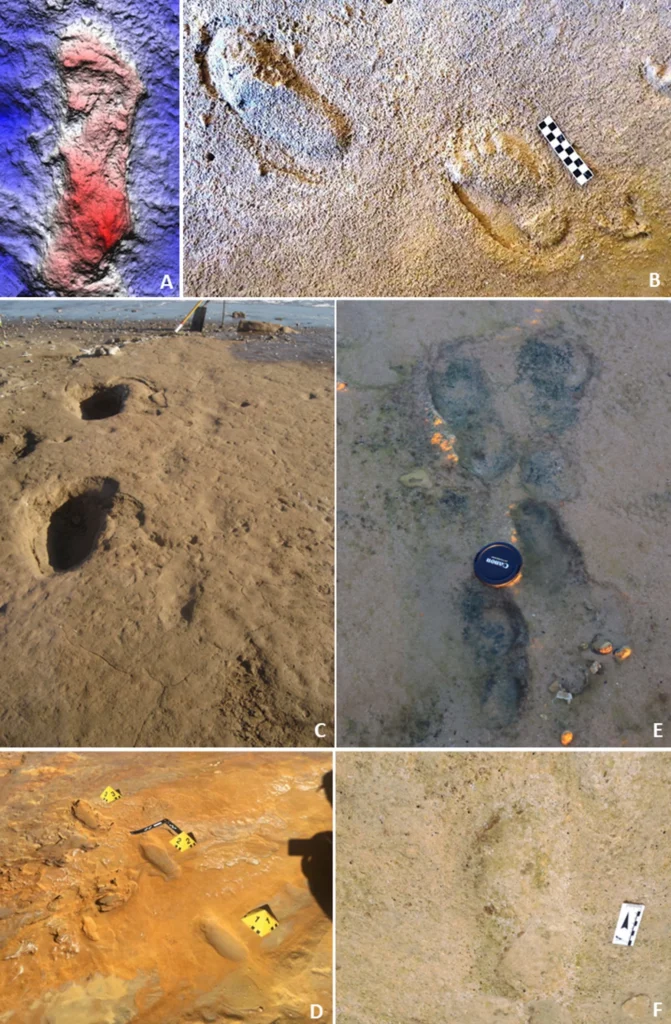
Coastal Foraging and Dietary Clues
Beyond the physical tracks, the study also sheds light on Neanderthal dietary habits. A network analysis of coastal sites across the Iberian Peninsula reveals that Neanderthals had a broad, flexible diet. While large mammals such as deer, horses, and hares were dietary staples, Neanderthals also exploited resources from nearby littoral (coastal) ecosystems.
The findings support a growing body of research suggesting that Neanderthals were skilled foragers who could adapt to varied environments. Coastal habitats offered predictable food sources like shellfish and small game, which likely contributed to their survival in fluctuating Pleistocene climates.
Preservation Challenges and Scientific Methods
Footprints are a rare form of fossil evidence. Unlike bones or tools, they represent fleeting moments frozen in time—actual steps taken by ancient beings. Their preservation requires very specific conditions: moist, fine-grained sediment that is quickly buried and later fossilized.
To ensure accuracy, the research team employed state-of-the-art methods, including 3D photogrammetry and optically stimulated luminescence (OSL) dating, which confirmed the age of the track-bearing layers. The team also used sediment analysis to reconstruct the paleoenvironment, confirming that the dunes once overlooked a coastal estuary rich in resources.
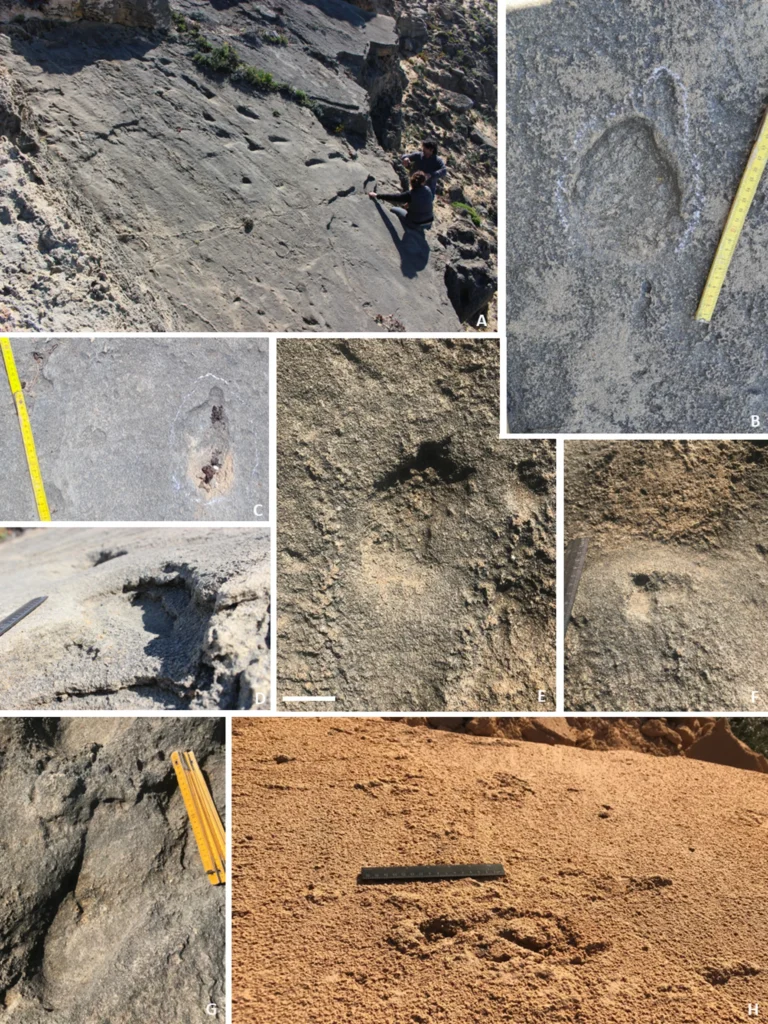
A Broader Picture of Neanderthal Life
The Portuguese tracksites add to a growing list of Neanderthal ichnosites (footprint-bearing locations) across Europe, including the renowned Le Rozel site in France. However, the new findings are particularly significant because they expand the geographical range of Neanderthal coastal activity and provide insights into their locomotion, group composition, and environmental adaptability.
“This discovery fills a crucial gap in our understanding of Neanderthal occupation along the Atlantic seaboard,” the researchers noted. “It proves that Neanderthals were not just cave-dwellers but also adept at moving through open and dynamic coastal environments.”
A Step Closer to Understanding Neanderthals
The discovery of Neanderthal footprints in Portugal represents a major step forward in human evolutionary research. These ancient impressions offer a literal footprint into the past, revealing how our distant relatives moved, hunted, and lived along Europe’s shores during a time of dramatic climate shifts.
As rising sea levels continue to erode ancient coastlines, the race is on to uncover and preserve these rare traces of prehistoric life. But for now, the footprints at Monte Clérigo and Praia do Telheiro stand as a powerful reminder of our shared human journey through time.
de Carvalho, C.N., Cunha, P.P., Belo, J. et al. Neanderthal coasteering and the first Portuguese hominin tracksites. Sci Rep 15, 23785 (2025). https://doi.org/10.1038/s41598-025-06089-4
Cover Image Credit: Reconstituted scene of Neanderthals at the Monte Clérigo tracksite, based on AI-generated models and finalized by artist J.M. Galán. Created under scientific guidance to visualize prehistoric activity in the Portuguese dune landscape.


